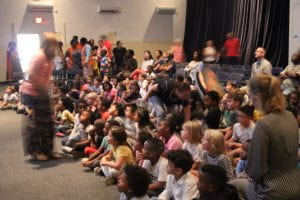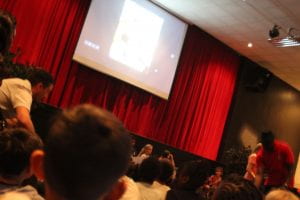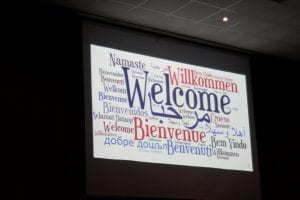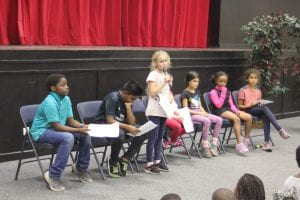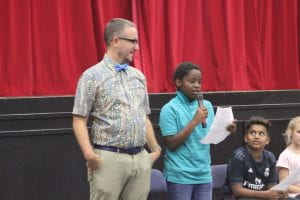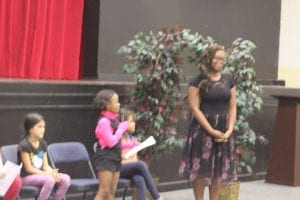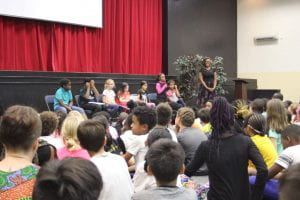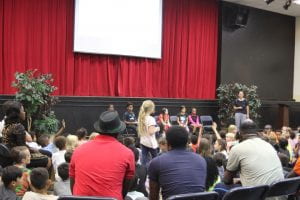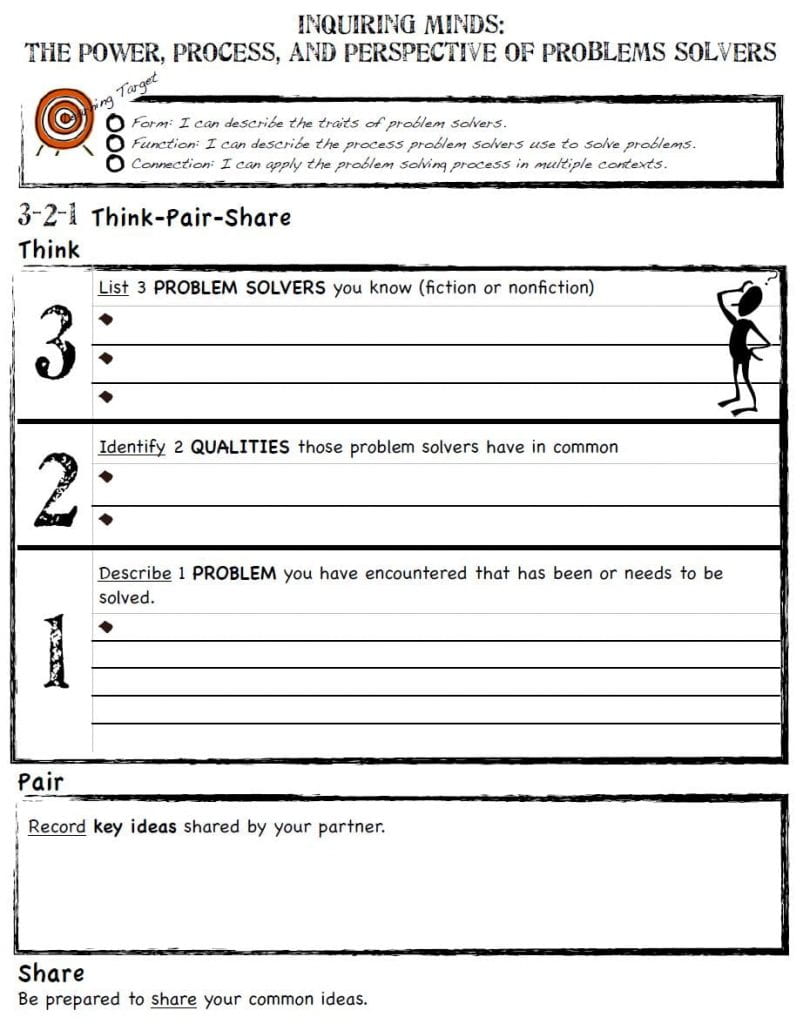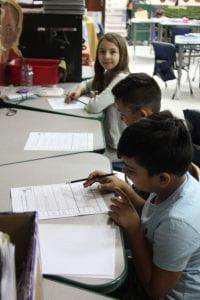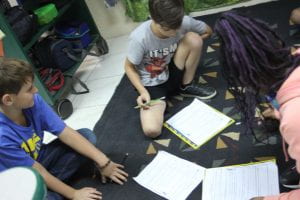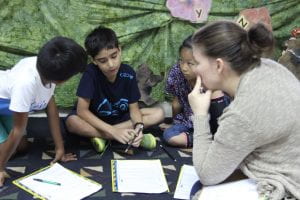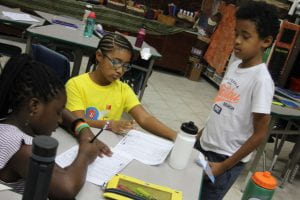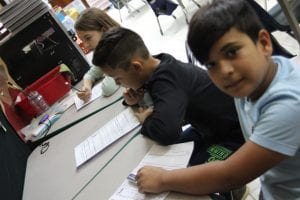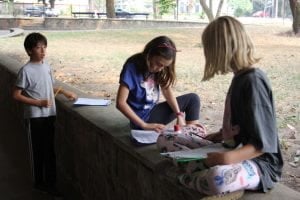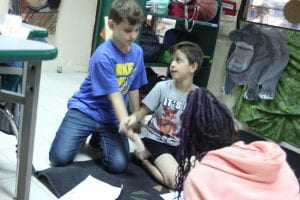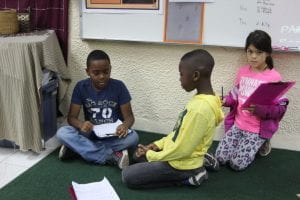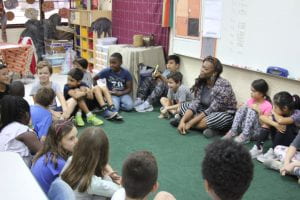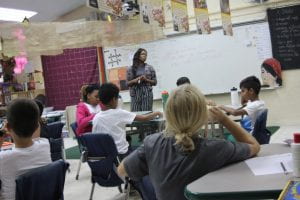To finish out our first week of fourth grade, we began by revisiting yesterday’s read aloud and analyzing the text and our central idea through the lens of story elements.

To expand our understanding of problem solving, we read another book entitled The Invisible Boy by Trudy Ludwig. As we continued our pursuit of powerful problem solving ideas, attending to the primary problem, proposing possible solutions, and pondering perspective were prioritized. In addition, we examined the illustrations and discussed their connection to the text. As was true in What Do You Do with a Problem?, color was a key to communicating emotion and the message of the text.
Challenge: What do colors communicate? How can we make the invisible visible?
Use the Google Drawing document to create a list of colors and their related emotions. (**You will need to make a copy of the document before completing.**) This final product will come in handy as we write our own compositions.
We also continued our exploration of place value, a key to mathematical problem solving.
How do the following resources expand or deepen your understanding of place and value?
Scholarly Multiple Source: Math is Fun
Make a Multiple Source: Place Value Cups
As part of out first unit of inquiry, we will be contextualizing the power, process, and perspective of problem solvers in China. Today, we started to study a set of snapshots set in China, each featuring a possible problem. Using the visible thinking routine See. Think. Wonder., we began to consider the implications of what we saw depicted in the images.
One of the images we looked at is included in the following video. What do you see, think, and wonder about what you see in this video? What problem is being presented in this video? How could solving this problem impact society? (positively? negatively?)
In addition to being the first week of school, we have had two big birthdays this week – Maada and Mathys. In honor one of our birthday scholars, Maada’s mom brought in some scrumptious cinnamon buns and lemonade. Yum! Everyone was thrilled with such tasty treats. Thank you, Maada, for sharing one of your favorites with us!
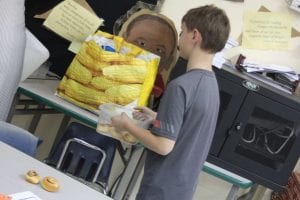

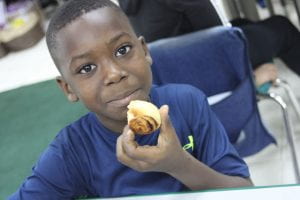

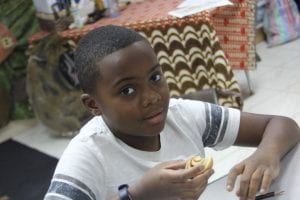
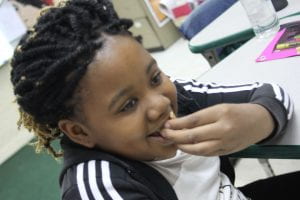
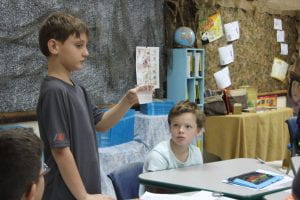
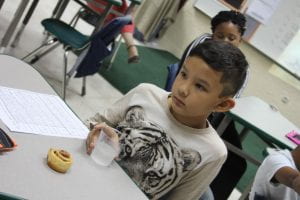
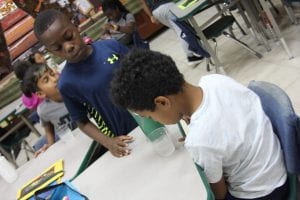
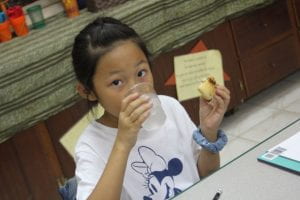
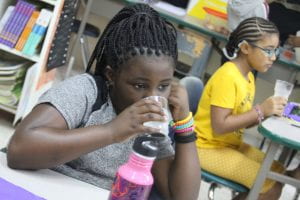

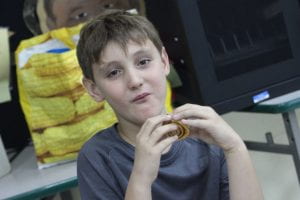
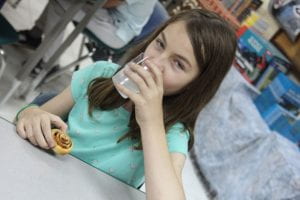
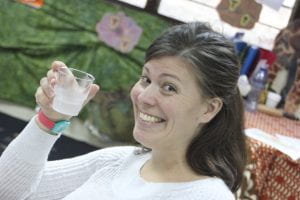
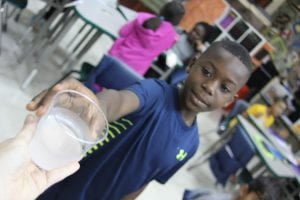
Do you have a favorite birthday cake recipe you are willing to share? If your tasty treats are not top secret, please share your recipes using the form below. We will assemble all contributions into a book of birthday bounty. Mmmm…
Finally, to end our week, we had our first assembly, led by former scholars, now in fifth grade, and one of our very own… Celeste. With the guidance of Ms. Paula, our new principal, the fifth (and fourth) grade facilitators presented most professionally. As we entered the CAC, the lights were dim and jazz music, selected by Morgane, created a calm and cozy atmosphere. Photos collected throughout the week were projected on the screen and we all looked on with smiles, snickers, and satisfaction. We were introduced to a number of new and returning teachers. The team also introduced us to our assembly essential agreements. We can’t wait for the next one… next Friday!
